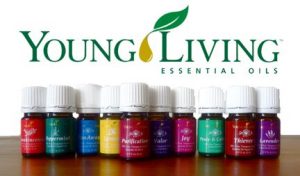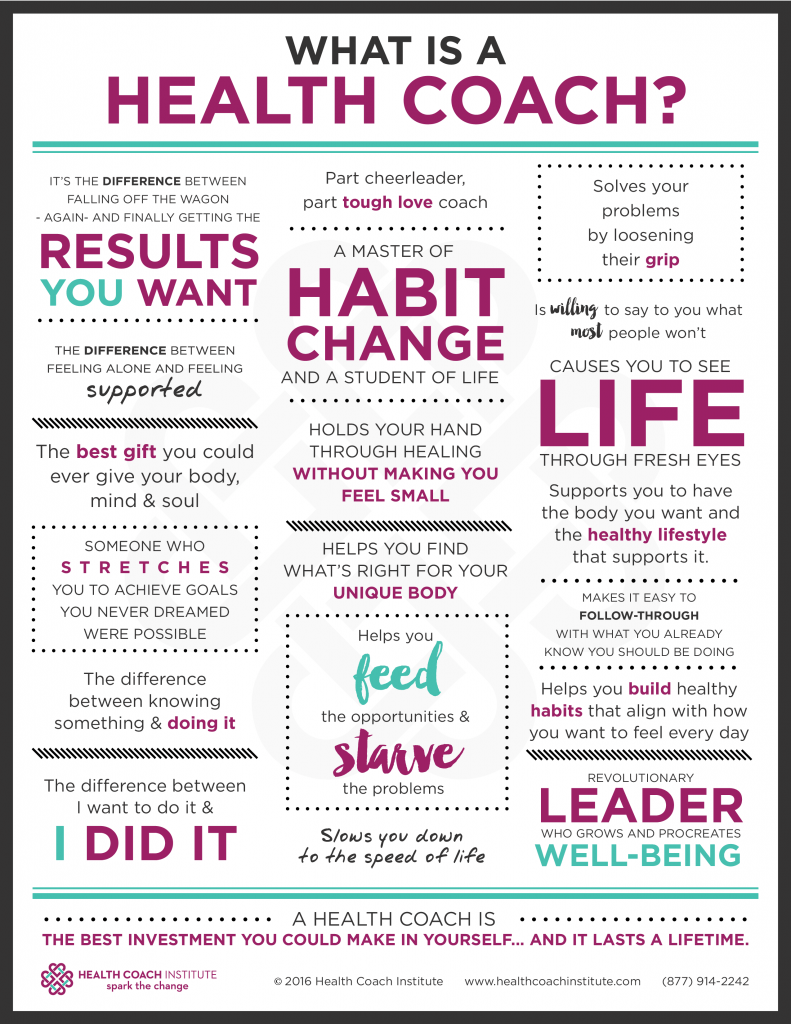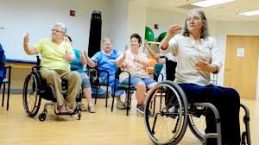Holistic wellness puts the focus on your entire being as a whole, helping to find balance and relief for your bodily ailments. At Core3 we will help you develop a holistic wellness care plan. This care plan will involve looking at the root cause of your ailments and challenges you are facing. We will look at transforming your environment with essential oils, revitalizing your diet with whole foods and improve your physical health by increasing your flexibility and balance through the Tai Chi for Health & Rehabilitation program.
At Core3 we are dedicated to bringing out a better you!

Core3 uses Young Living therapeutic grade essential oils and products to support the health and wellness of the whole person: mind, body, and spirit. Therapeutic grade essential oils are the only type of oils that are safe for aromatic diffusing, topical use, and internal ingestion. Therapeutic grade essential oils cannot be purchased at drug stores or online stores such as Amazon. Young Living essential oils and products can only be purchased through a Young Living distributor.
Core3 utilizes essential oils during sessions, consultations, and presentations to enhance therapeutic benefits by diffusing them aromatically when requested, with the consent of client’s prior to use.
Young Living also produces toxin free cleaning products that Core3 uses to clean instruments during every session, so you can trust that they are safe. Since Young Living products can only be purchased through a distributor, Core3 has partnered with Young Living as a customer and distributor to share YLs products and many benefits with our clients.
If you are interested in Young Living products, we are happy to provide you with more information and to share our experiences with the products. You can go to Core3s Young Living website and learn how you can receive a 24% wholesale discount for life, with no minimum monthly requirements!
Disclaimer
Core3 Harmony & Wellness Services, LLC does not claim to be licensed aroma-therapists, dietitians or medical practitioners. We do not diagnose or prescribe any medical treatment. Any opinions or advice given are not intended to substitute advice given by a licensed medical healthcare professional. The content shared from Young Living and the Holistic Health Coach Program are for informational, educational, and self-empowerment purposes. Please consult with your Physician prior to your decision to partner with us and our programs.
Core3’S Holistic Health & Life Coach Program Through HCI

The Health Benefits Of Tai Chi
From Harvard Health Watch Article
This gentle form of exercise can help maintain strength, flexibility, and balance, and could be the perfect activity for the rest of your life.
Updated: December 4, 2015
Published: May 2009
Tai chi is often described as “meditation in motion,” but it might well be called “medication in motion.” There is growing evidence that this mind-body practice, which originated in China as a martial art, has value in treating or preventing many health problems. And you can get started even if you aren’t in top shape or the best of health.
In this low-impact, slow-motion exercise, you go without pausing through a series of motions named for animal actions — for example, “white crane spreads its wings” — or martial arts moves, such as “box both ears.” As you move, you breathe deeply and naturally, focusing your attention — as in some kinds of meditation — on your bodily sensations. Tai chi differs from other types of exercise in several respects. The movements are usually circular and never forced, the muscles are relaxed rather than tensed, the joints are not fully extended or bent, and connective tissues are not stretched. Tai chi can be easily adapted for anyone, from the most fit to people confined to wheelchairs or recovering from surgery.
“A growing body of carefully conducted research is building a compelling case for tai chi as an adjunct to standard medical treatment for the prevention and rehabilitation of many conditions commonly associated with age,” says Peter M. Wayne, assistant professor of medicine at Harvard Medical School and director of the Tai Chi and Mind-Body Research Program at Harvard Medical School’s Osher Research Center. An adjunct therapy is one that’s used together with primary medical treatments, either to address a disease itself or its primary symptoms, or, more generally, to improve a patient’s functioning and quality of life.
Belief systemsYou don’t need to subscribe to or learn much about tai chi’s roots in Chinese philosophy to enjoy its health benefits, but these concepts can help make sense of its approach: · Qi — an energy force thought to flow through the body; tai chi is said to unblock and encourage the proper flow of qi. · Yin and yang — opposing elements thought to make up the universe that need to be kept in harmony. Tai chi is said to promote this balance. |
Tai chi in motion
A tai chi class might include these parts:
Warm-up: Easy motions, such as shoulder circles, turning the head from side to side, or rocking back and forth, help you to loosen your muscles and joints and focus on your breath and body.
Instruction and practice of tai chi forms: Short forms — forms are sets of movements — may include a dozen or fewer movements; long forms may include hundreds. Different styles require smaller or larger movements. A short form with smaller, slower movements is usually recommended at the beginning, especially if you’re older or not in good condition.
Qigong (or chi kung): Translated as “breath work” or “energy work,” this consists of a few minutes of gentle breathing sometimes combined with movement. The idea is to help relax the mind and mobilize the body’s energy. Qigong may be practiced standing, sitting, or lying down.
Check with your doctor: If you have a limiting musculoskeletal problem or medical conditions — or if you take medications that can make you dizzy or lightheaded — check with your doctor before starting Tai Chi. Given its excellent safety record, chances are that you’ll be encouraged to try it.
Although tai chi is slow and gentle and doesn’t leave you breathless, it addresses the key components of fitness — muscle strength, flexibility, balance, and, to a lesser degree, aerobic conditioning. Here’s some of the evidence:
Muscle strength: Tai chi can improve both lower-body strength and upper-body strength. When practiced regularly, tai chi can be comparable to resistance training and brisk walking.
Flexibility: Tai chi can boost upper- and lower-body flexibility as well as strength.
Balance: Tai chi improves balance and, according to some studies, reduces falls. Proprioception — the ability to sense the position of one’s body in space — declines with age. Tai chi helps train this sense, which is a function of sensory neurons in the inner ear and stretch receptors in the muscles and ligaments. Tai chi also improves muscle strength and flexibility, which makes it easier to recover from a stumble. Fear of falling can make you more likely to fall; some studies have found that tai chi training helps reduce that fear.
Aerobic conditioning: Depending on the speed and size of the movements, tai chi can provide some aerobic benefits. If your clinician advises a more intense cardio workout with a higher heart rate than tai chi can offer, you may need something more aerobic as well.


 “The rhythm of the body, the melody of the mind & the harmony of the soul create the symphony of life.” – B.K.S. Lyenger
“The rhythm of the body, the melody of the mind & the harmony of the soul create the symphony of life.” – B.K.S. Lyenger


